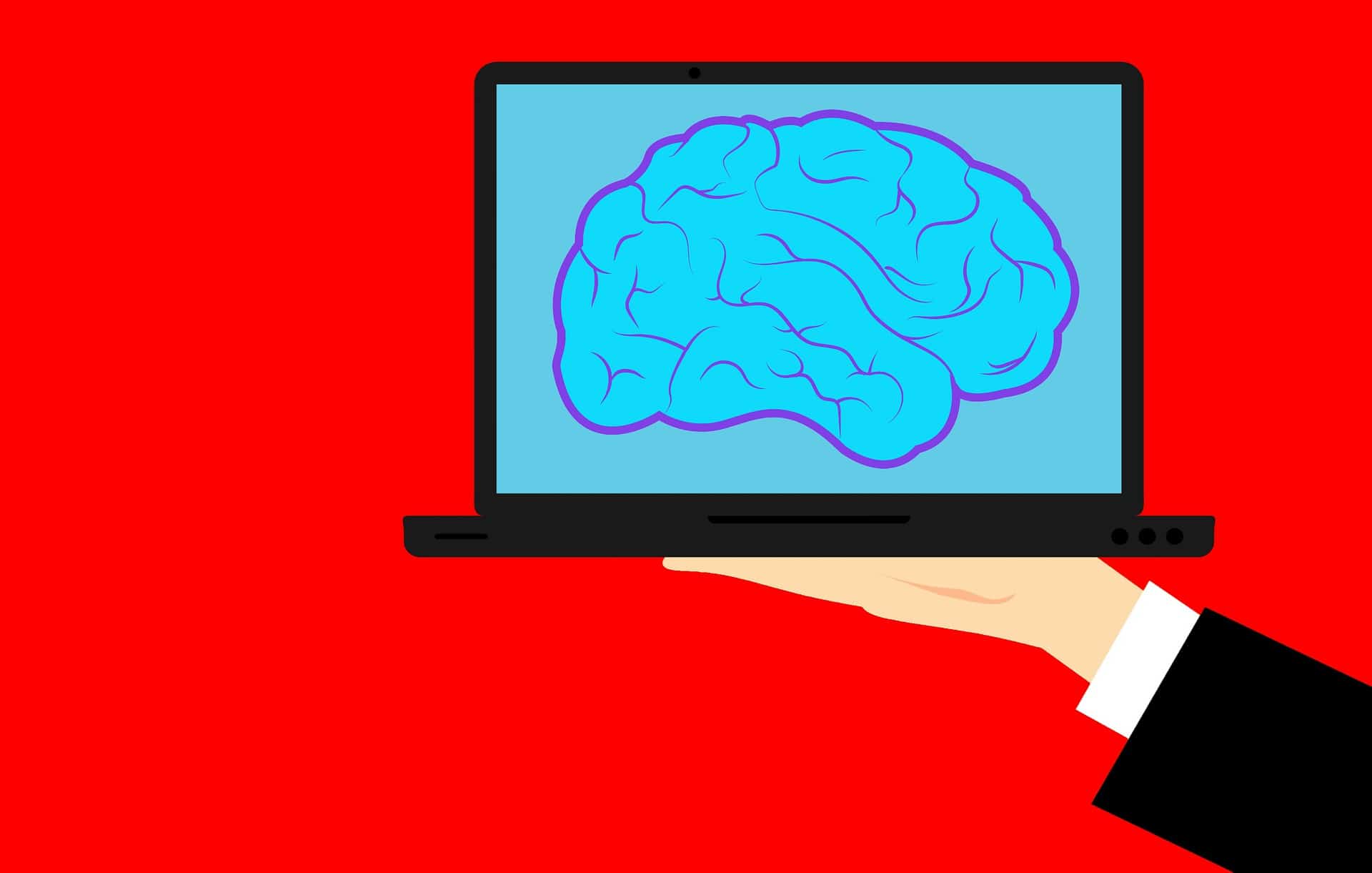
It’s difficult to have a single, unified definition for artificial intelligence (AI), machine learning (ML), and deep learning (DL) since they’re all terms that refer to various subsets of AI. However, in general, AI can be seen as the umbrella term that includes all technologies related to making intelligent machines or software applications.
ML is a type of AI that enables systems to learn from data without being explicitly programmed.
And DL is a more specialised form of ML that uses neural networks to model complex patterns in data.
It seems that all these technical terms refer to the same thing. And yes, all of them are some of the most exciting technologies nowadays, evolving so fast in today’s world.
Fortunately (or not typical fortunate), they have become the most talked-about matters in the commercial world. Many companies have allocated a considerable budget to invest in these intelligent machines and applications and build an innovative technology infrastructure to use their data to create an excellent experience for all people who use or potentially use their services. After a few months, they realised how these tools make them competitive in their industry.
This blog post will look at the key differences between these three terms and explore how each is used in practice.
But before going through some actual and real-life examples of artificial intelligence applications most companies use daily to understand what’s going on!
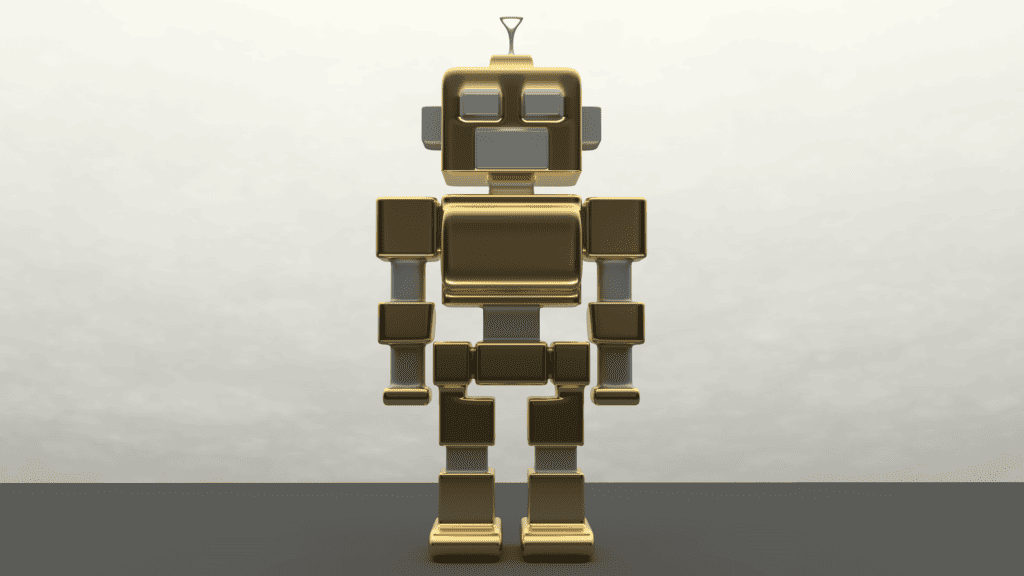
World, What is the HECK of Robots?
Do really we give the power to robots to control us?
It’s one of the misconceptions related to AI. We’d like to start with this section to recognise how this technology will change the world for good. This change is supposed to be positive! But who knows!
With the speedy development of technology, more and more people are beginning to use artificial intelligence in their lives. Here are some applications of how artificial intelligence is being used today:
- Personal assistants such as Iphone’s Siri and Amazon Echo’s Alexa are powered by artificial intelligence. They can understand and respond to human voice commands, making tasks like setting alarms and adding items to your shopping list more manageable than ever before. (Yes, we use it daily unconsciously or without thinking about the technology behind this friendly lady! But it’s all about artificial intelligence)
- Google is another example of AI, especially machine learning. The archive of Google is simply based on ML, or to be clear, the rank of articles appears on Google results. The pages of searches are ordered depending on people’s preferences. When people click through links and leave them immediately or with less than 3 minutes, Google understands that this article or page is not relevant enough. So, the next time, Google will throw this page away in the third or fourth search result and suggest other pieces. (So, please don’t close this tab insanely 🙂
- Many modern cars are equipped with artificial intelligence features, such as lane departure warnings and autopilot capabilities. Based on sensors and cameras, these systems can detect potential hazards on the road and help keep drivers safe. (Enhancing safety in vehicles is just another facet of AI)
- Artificial intelligence is also used in healthcare to diagnose diseases and develop personalised treatment plans. For example, IBM Watson is a computer system trained to read and interpret medical data. It can be used by doctors to quickly find relevant information about a patient’s condition, making diagnosis and treatment more efficient. (Even if this is your first time to know about this technology. But indeed, AI has presented many applications to give a boost to the health sector)
- Artificial intelligence is even being used to create works of art! For example, recently, the AI-generated painting “Edmond de Belamy” sold for over $400,000 at auction. (Yes, it’s insane, but it’s how the world works today!)
- An excellent example of deep learning is when we use computers to change a white and back photo to a colour one. Here, the image is going through a neural network. This work looks at all these relevant pictures on the web. Once it finds it, it pulls data from it and customises the everyday items to paint the photo.
As you can see, Artificial intelligence is becoming increasingly prevalent in our world.
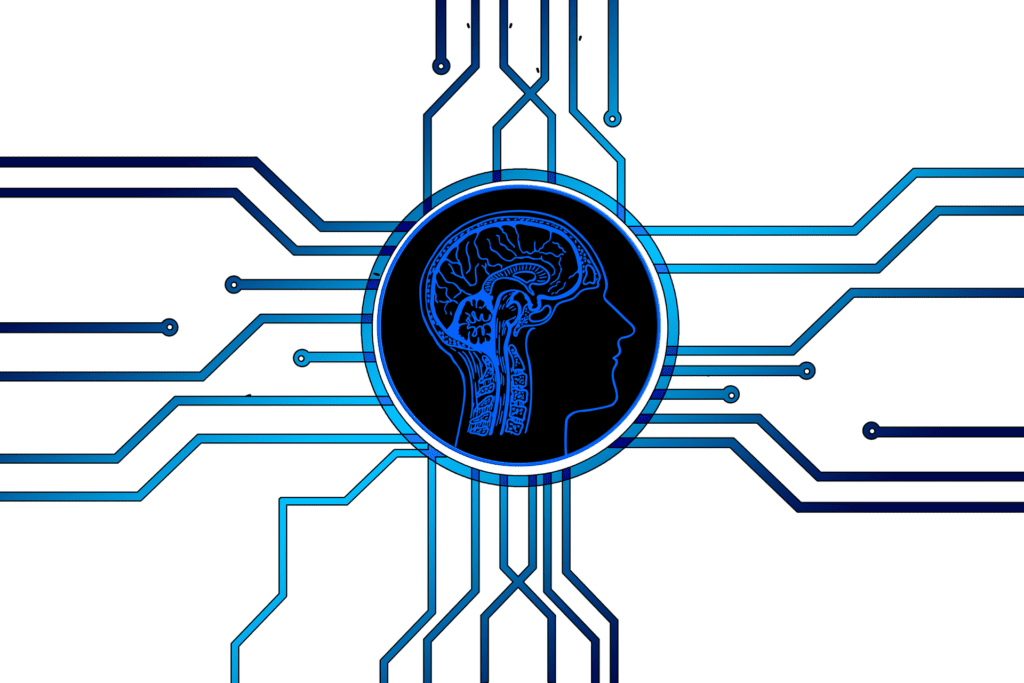
What is Artificial Intelligence (AI)
Some people misuse this popular tech buzzword. Instead, they refer to different concepts interchangeably. That’s why defining the difference is important, especially if you are thinking about starting your artificial intelligence or machine learning career. And yes, it’s not about sci-fiction movies or Star Wars series.
Simply, without using complicated jargon, artificial intelligence (AI) is a computer science that deals with creating intelligent agents, which are systems that can evaluate, learn, and act autonomously.
It has been defined in many ways, and many academics tried hard to formulate one comprehensive definition. Still, in general, it can be described as a way of making a machine that can do things that ordinarily require human intervention, such as understanding natural language and defining objects.
AI research deals with the question of how to create computers that are capable of intelligent behaviour. In practical terms, AI applications can be deployed in several ways, including expert systems, natural language processing, and robot control.
Additionally, artificial intelligence is a rapidly growing field with immense potential. It has already had a significant impact on our lives, and its influence is only set to increase in the years to come. Exciting advances in AI are being made all the time, so it is an exciting time to be involved in this rapidly growing domain.
The term often refers to any unique technology enabling a machine to do a human job or behaviour.
But what was the first time people used AI? The term “artificial intelligence” was first coined by computer scientist John McCarthy in 1955.
McCarthy defined artificial intelligence as “the science and engineering of making intelligent machines.” McCarthy’s definition of artificial intelligence has been widely accepted and is still used today. However, the concept of artificial intelligence has been around long before McCarthy first coined the term.
In fact, the idea of artificial intelligence can be traced back to ancient Greece. The Greek philosopher Aristotle proposed a distinction between natural and artificial beings.
Artificial beings, he argued, could be created by humans. This application is an early example of artificial intelligence, showing that the idea of artificial intelligence is not new. AI has been around for centuries, and it is only now that we are beginning to develop machines that can think and learn like humans.
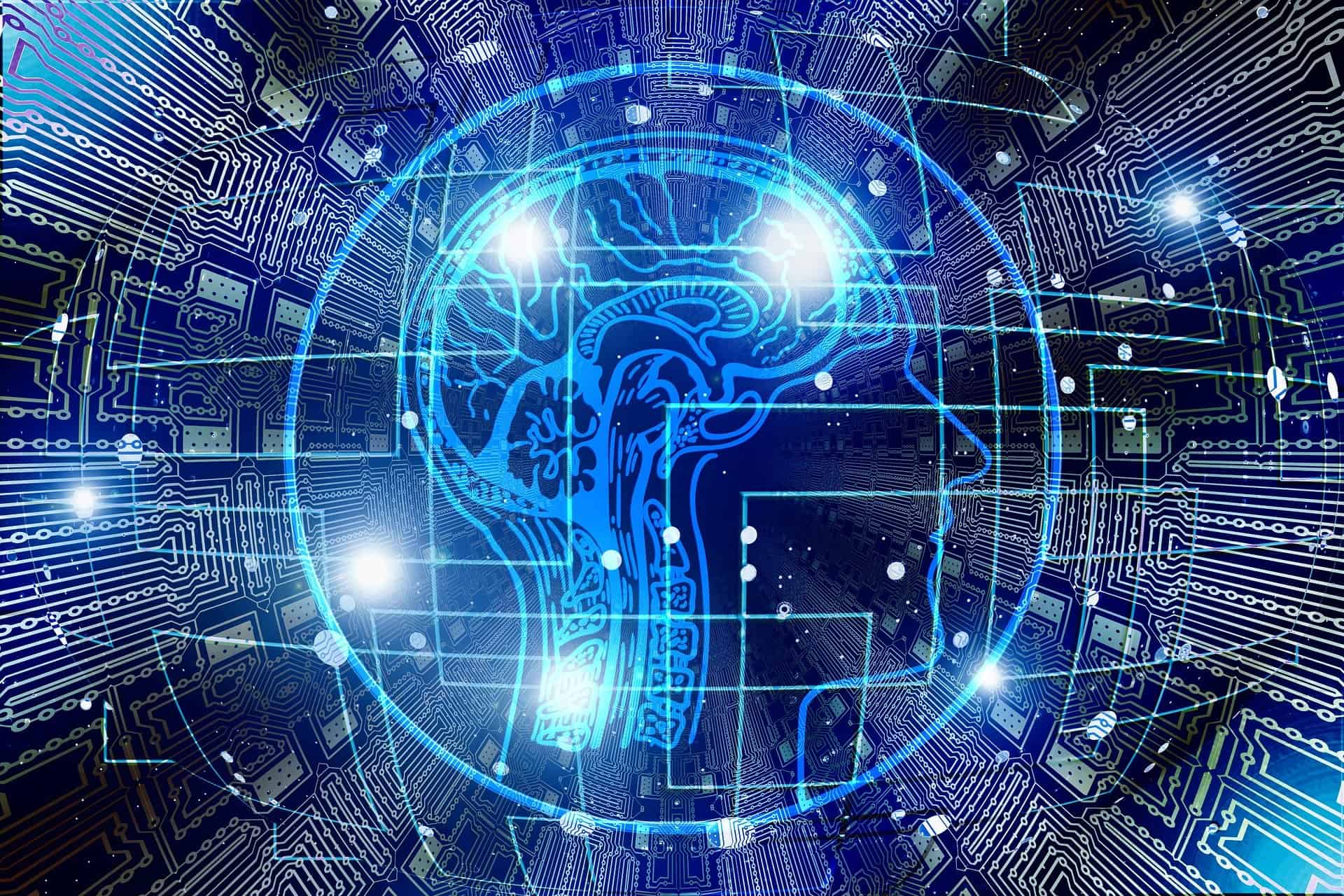
How Does Artificial Intelligence (AI) Work?
Artificial intelligence (AI) is a broad field that encompasses both the study of intelligent behaviour in machines and the design of intelligent systems.
AI researchers strive to build machines that can solve problems as humans do. The ultimate goal is to create artificial general intelligence, or AGI—a machine with human-like general intelligence across various tasks.
However, building AGI is considered by many to be an extremely difficult challenge. So, for now, AI systems are designed to tackle specific tasks. Common approaches include rule-based systems, decision trees, and evolutionary algorithms.
While AI has become increasingly popular in recent years, the field is still in its infancy. Much work needs to be done when we can create true AGI. But as AI technology continues to advance, we may one day achieve this long-standing goal.
To understand more, let’s see these common examples: Alexa by Amazon Echo, an application of AI personal assistant. It’s a beautiful tool which can answer all your questions, which could be relevant or irrelevant. So, for example, you can ask this virtual lady, “Hey Alexa, please tell me what are differences between artificial intelligence and machine learning are?” (And, no, don’t go to Alexa, my article is much better written by a human, man!)
Within minutes, Amazon software translates your words into zeros and ones, the language computers understand. Then, echo starts coming in what you mean and processing the information it already has to break down your question into something meaningful. After identifying what you’re asking, Alexa says, “AI is the ability of computer programs to function like a human brain. So while machine learning is a technique of parsing data, then learning from it and applying what they have learned to make an informed decision. Anything else?” And, of course, it has copied it from another human source.
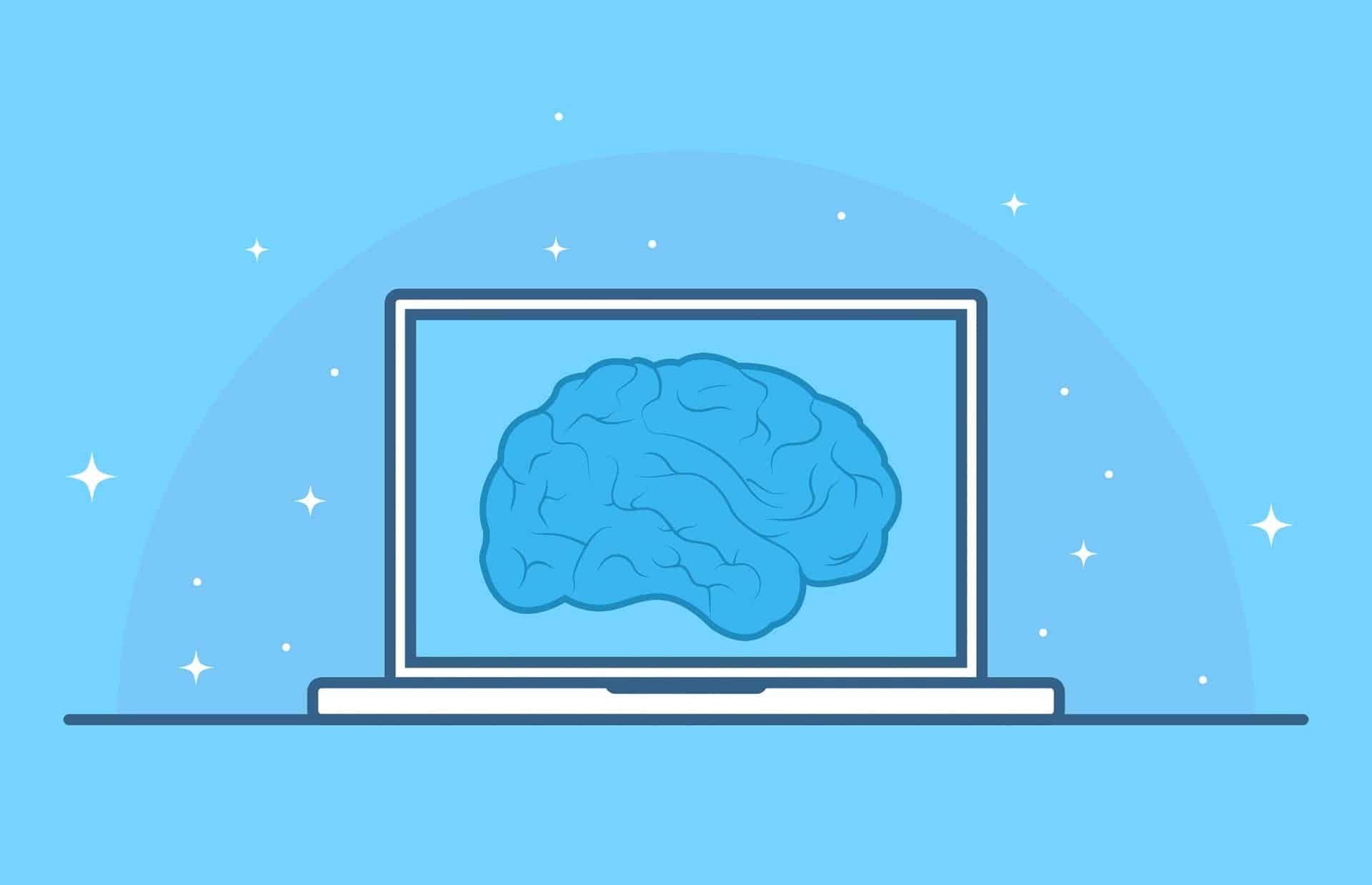
Types of Artificial Intelligence (AI)
Artificial intelligence comes in many different shapes and sizes. Some forms of AI are designed to replicate human intelligence, while others focus on more specific tasks.
The most common forms of AI include machine learning, natural language processing and computer vision. Machine learning is a method of teaching computers to learn from data without being explicitly programmed (We will explain more about the machine learning job below.) Natural language processing is a form of AI that enables computers to understand human language. Finally, computer vision is a form of AI that allows computers to interpret and understand digital images.
What is Machine Learning?
Thanks for asking! And absolutely, it’s a good question. Let me explain to you what machine learning is really about.
Machine learning is a branch of artificial intelligence that deals with constructing and studying algorithms that can learn from data.
These algorithms can be used to automatically closest to the desired function.
The machine learning process typically starts with data, such as a set of labelled images, and then builds a model that can be used to make predictions about new data.
The accuracy of the predictions is the feedback that can be used to improve the model.
Also, machine learning algorithms are often iteratively tweaked and improved as they are used on more and more data. Some machine learning tasks, such as image recognition or voice recognition, are now well within the capabilities of commercial software.
Other tasks, such as machine translation or protein folding, are still essentially research problems. However, regardless of their current state, machine learning algorithms are poised to impact our lives in the years to come significantly.

How Does Machine Learning (ML) Work?
Yes, machine learning is another facet of AI, but what does it work?
ML deals with designing and developing algorithms that can learn from and make predictions on data.
The algorithms used in machine learning are designed to improve with experience automatically. Machine learning is mainly used in three different ways which are: decision trees, artificial neural networks, and support vector machines.
Some benefits machine learning can provide faster and easier collecting of data, improved decision making, better customer service and product recommendations. Collecting data usually requires a lot of time, especially if it’s being done manually, but machine learning can do it faster and more efficiently; this is due to the fact that machine learning algorithms have been designed to do repetitive tasks quickly.
ML can also be used to make better decisions by extracting applicable patterns from data that would otherwise be too challenging for humans to find.
This function is fruitful for businesses as they can use machine learning to predict consumer behaviour and trends.
Finally, machine learning can provide better customer service and product recommendations.
For example, Netflix uses machine learning algorithms to recommend movies and TV shows to its users based on their watching history.
In short, machine learning provides many benefits that can be very useful in today’s world. It’s essential to note that machine learning will give you a guide to understand customers well and suggest what they really like. That’s why it’s vital for any business if you want to achieve an enormous hit.
Types of Machine Learning (ML)
As we said, machine learning is a field of computer science that allows computers to learn without being explicitly programmed.
So, there are three main machine learning types: supervised, unsupervised, and reinforcement.
In supervised learning, the machine is given a set of training data, and the task is to learn an abstract rule that maps the input data to the desired output.
In unsupervised learning, the machine is given only input data and must find structure in the data on its own.
On the other hand, reinforcement learning is a type of machine learning where the machine learns by trial and error, receiving rewards for correct predictions and punishments for incorrect ones.
Machine learning is used in many fields, such as image recognition, object detection, and stock market prediction.
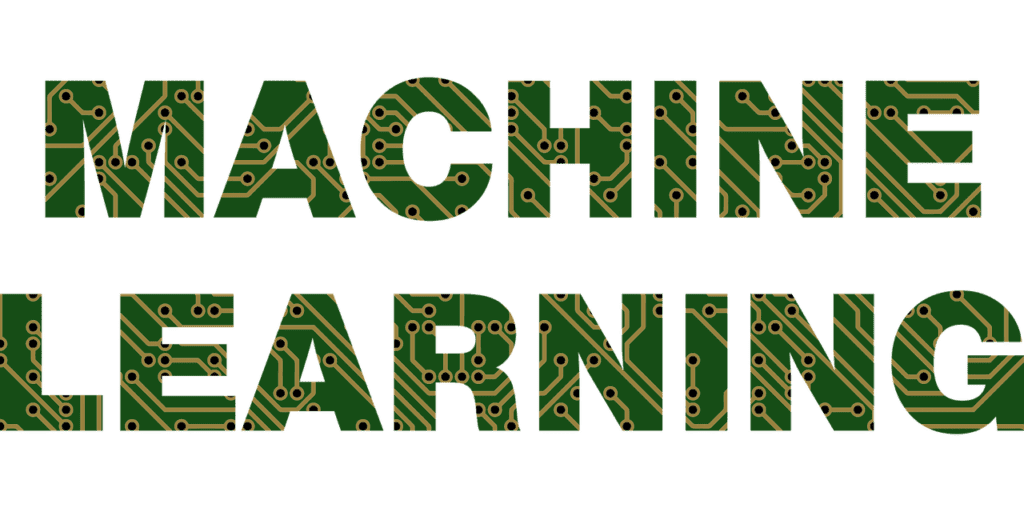
What is Deep Learning?
Deep learning is a subset of AI to deal with making computers better at understanding and interpreting complex data.
Deep learning algorithms can learn from data to mimic how humans learn. That means they can make predictions and decisions based on patterns they have learned from data rather than being explicitly programmed to accomplish what they want.
For example, deep learning algorithms are used in self-driving cars, where they learn to navigate based on data from sensors and cameras. Deep learning is also used in facial recognition, where it can learn to identify people based on their unique facial features. As you can see, deep learning is a powerful tool that can be applied in a variety of ways.
So if you’re interested in Artificial intelligence, keep an eye on deep learning – it’s sure to be a game-changer shortly.
How Does Deep Learning (DL) Work?
Deep learning is an application of how to use machine learning inspired by the brain’s structure and function.
Deep learning algorithms can learn from data and predict by building models similar to the brain’s neural networks.
That’s why scientists suggested that this technology has revolutionised many areas of computer science and shows great promise for furthering our understanding of intelligence.
Deep learning is also helping us to solve some of the most challenging problems in fields such as medicine, finance, and robotics. As we continue to develop more sophisticated deep learning algorithms, we will likely see even more special applications of this advanced principle.
So, What is the Difference Between Machine Learning and Deep Learning?
Although these terms dominate any business development dialogue all over the world, we need to draw the line between ML and DL.
Machine learning is a general term for allowing computers to act and react without human guides. Deep learning is just one machine learning technique that teaches computers to learn by example.
Deep learning is inspired by the structure and function of the brain, and it is based on a series of algorithms called artificial neural networks to process unstructured data.
These neural networks identify data patterns for tasks such as image recognition and machine translation.
Deep learning algorithms can learn from data with very little supervision and achieve state-of-the-art results on various tasks.
Some say deep learning is better than machine learning and have a clue.
ML deals with flat algorithms, meaning there is no way to process raw data (such as .csv, images, text, etc.) Instead, we have to process data based on “feature extraction”.
In this step, we prepare a platform to help machine learning algorithms handle the task, including the raw data.

What does it even mean? Machine learning can not produce meaningful data if you don’t lay a foundation for an abstract representation. You need to help ML classify data to find differences between them and divide the data into several categories or classes.
That’s why feature extraction is a little bit different and requires a detailed background of the concerned field. And it’s not an on-step process; you must adapt, test, and redefine your categories if something is wrong before even going to the next phase of analysing data to guarantee the optimal results.
It doesn’t happen with deep learning.
Deep learning is considered a more powerful machine learning technique than traditional machine learning, as it can learn more complex patterns from data since it depends on neural networks.
That’s why there is no need to conduct feature extraction. Deep learning is also less reliant on hand-crafted features, making it more efficient and effective than machine learning as the cells have the capacity to make this classification process of the raw data on their own.
Simply put, deep learning depends on an artificial intelligence model to process the input data without human intervention.
Not just that, fewer people are involved in building up deep learning models because they can generate this abstract representation which has the form of compressed layers of the artificial neural network.
Then we can use this compressed representation of the data to get the results, which includes the classification of the data we inject the system with to have different categories.
Even in the training process, deep learning technology optimises the input data to create the optimal possible abstract representation.
Let’s see this example to break all this explanation down.
We hear everywhere these days about something built upon robots— indeed, this technology is becoming more embedded in everything in our daily lives by the minute. But, if we take a self-driving vehicle as an example, we can find all techniques (cameras, sensors, radars, and so on) depend mainly on artificial intelligence.
The smart system helps the vehicle identify all objectives around (tree, car, building, person, etc.) The engineering building this system used to divide the input data into particular items for each objective (wheel, window, leaves, colour, shape, etc.)
Then, handing them over to the algorithms to optimise the classification of each street image. That’s when you depend on a machine learning programmer.
In the case of deep learning, you will enter the row data and let the machine make its predictions on its own. It’s so much easier saving money, time, and effort.
In short: When we are thinking of all these terms, we can draw a vast circle that embraces a smaller one, then a smaller one inside the smaller, etc., just like a Russian nesting doll. The bigger represents artificial intelligence; then machine learning is a small circle which includes deep learning. Then deep learning could comprise neural networking, the subtle component of deep learning.
Each deep learning consists of a neural network, and each network consists of neural nodes (at least three can create a whole network)
However, it’s not true that deep learning is much better than machine learning. Both complete each other, and each tool has its purpose.
While artificial intelligence, machine learning, and deep learning could seem trending tech trends, their applications represent a revolution and a new era of how to allocate data to create something meaningful.
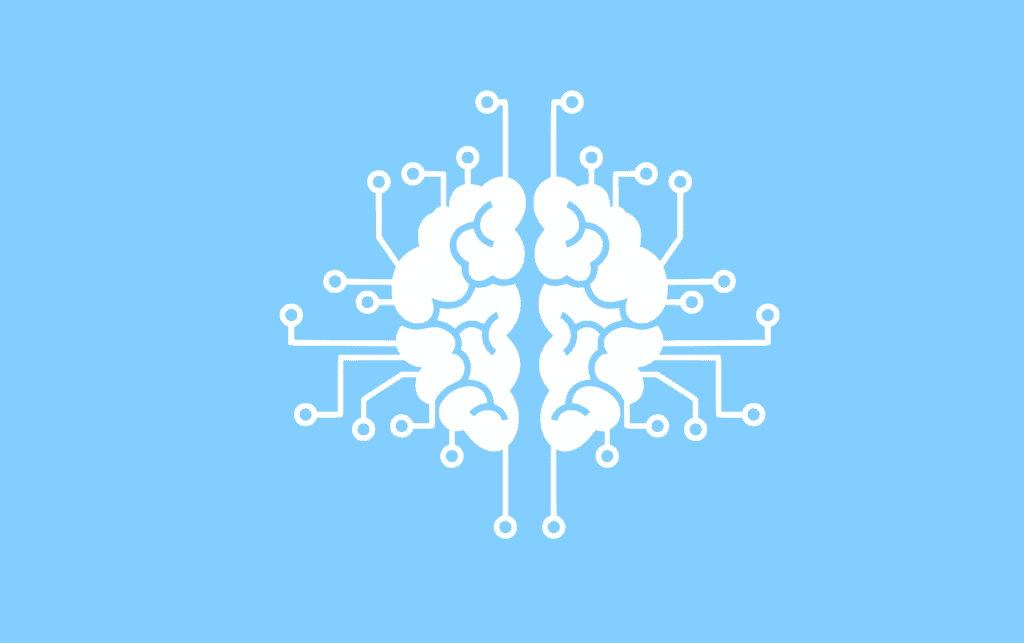
Human Intelligence vs Artificial Intelligence: Can Computers Replace Us?
Let’s face it: we humans are amazing creatures, and our brain systems are more distinctive than anything else. We’re all over the planet, digging deeper everywhere to see how things are done. We have built civilisations that lasted for more than 7000 years. We’ve created many things to improve our life (I argue the toss, but let’s see, it makes our life easier).
We are just eager beavers to explore each niche and nook in the world to invent more things. Then, we can use available information, whether online, offline or based on experience, to make proper decisions.
We communicate with each other to acquire and exchange knowledge to define patterns and data to adapt to new situations.
And we have created even these intelligent robots, which we think will be more intelligent than us.
So, if we want to draw a picture of what is the difference between human and artificial intelligence, we can sum it up as follows:
- Artificial intelligence develops a computer system to accomplish tasks with the help of human intelligence.
- Artificial intelligence can create more accurate results and consistent output based on precise calculating to make more relevant expectations because humans can let their emotions and feelings dominate the situation, leading to confusion.
- Both use meaningful language, and robots are developing too fast to improve their communication ways to exchange, understand, and build relationships with humans.
- Artificial intelligence-based programs can learn quickly from their mistakes and adapt to a new environment, but it could take time to nail it. Today, this process of repetitive learning just happens when the machine is learning how to build thousands of neural network layers after years of evolving systems to produce it alone. Most of these programs have created this complicated system to send out valuable data. On the contrary, human brains don’t need all these processes to conduct valuable data. We depend on our memories which are more sophisticated and complicated than you might think.
Back to this question; Do computers or artificial intelligence replace us?
This concern started in the first half of the 20th century when science fiction became a very common term, and the world familiarised itself with the concept that robots can do human things. They can think artificially, just like humans.
Actually, we all have attached the science fiction movies when machines mount a takeover move to control humans after we allow them to be inherent in our life by making them more innovative. As a result, they outplay our abilities and have the upper hand.
But it’s not true, at least for now or at least with this simple concept.
The question of replacing us has been spared an inevitable debate for many years, and there is no easy answer. However, some believe that artificial intelligence will eventually surpass human intelligence, leading to a future in which robots can do everything better than we can.
Others argue that AI will never be able to replicate the power of the human mind and that we will always be the dominant species.
The truth is probably somewhere in between. Likely, AI will increasingly play a role in our lives, but it’s unlikely that it will ever completely replace us.
Undoubtedly, software backed by AI can process information using intelligent human-like machines. As a result, machines can execute tasks with a higher speed and operate tedious jobs with higher ability.
But the ability of our minds still qualifies us to stand out. And when we depend on machines to make reasonable decisions, they can fall apart quickly. All predictions are based on previous events, which is good, but sometimes they lack “common sense”.
And most of the time, machines fail to understand the difference between causes and effects.
Our world still needs our brain, which still surpasses any machine abilities, again till now!
Eventually, the thought of AI conducting tasks with zero mistakes is a myth. Read on to see how AI can also make disasters; just remember the Uber self-driving vehicle tragedy that killed a pedestrian in Arizona in 2018, along with tests implemented by the company to employ a driverless car.
Want more? Okay, in the same year, treatment suggestions made by Watson, a computer system built by IBM to answer queries, were discovered to have serious flaws, resulting in an unsafe healing protocol for cancer patients.
So, it could be close to impossible to find human intelligence replaced totally by AI. We are different in how to process information, how to learn and how to analyse data to create something totally new. The upcoming years could be challenging for us because we need to accelerate our abilities in the learning journey to be more beneficial than robots.
On the other hand, human mentors should be involved in the process. The process will be quicker and generate more relevant output. And if you lose this human touch in favour of machines, they would be many significant circumstances.
Vivek Kumar, Ph. Assistant Professor, New Jersey Institute of Technology, counted some of these circumstances as follows—cited on the Springboard website:
- Depending entirely on machines will make us lose motivation because there is already an alternative who can execute all tasks, which leads us not to find learning useless (Why even have to learn at the same time? The machine is the king!)
- Humans are social animals. We are most prone to lose our sense of accountability if we entirely leave the physical world behind, especially in industries like education— human mentors are so much essential to guarantee humanity’s development.
And we can add to Kumar that our privacy is at risk without constant observation. So we need to structure some principles when collecting and dealing with data.
After all, we are the ones who created artificial intelligence in the first place. Moreover, we are the ones who understand its limitations and its potential. And as long as we remain aware of both, we should be able to coexist with artificial intelligence without too much trouble.
Yes, many jobs will be gone, but on the other hand, many jobs will be created. We just need to be ready for this next phase.
Other Related Terms You Have to Know:
Big Data
Big data refers to the large volume of data that organisations generate on a daily basis. Big data can come from various sources, including social media, online transactions, and sensor data.
The challenge with big data is that it can be difficult to store, manage, and analyse due to its size and complexity. However, big data can also offer insights that would not be possible with smaller data sets.
For example, by analysing customer purchase patterns, businesses can identify new opportunities, optimise their marketing campaigns, or increase productivity after understanding the best approach to handle tasks. Also, Big data can be directed to improve public safety by helping to predict and prevent crime. As our world generates ever-increasing amounts of data, the field of big data will continue to evolve and grow in importance.
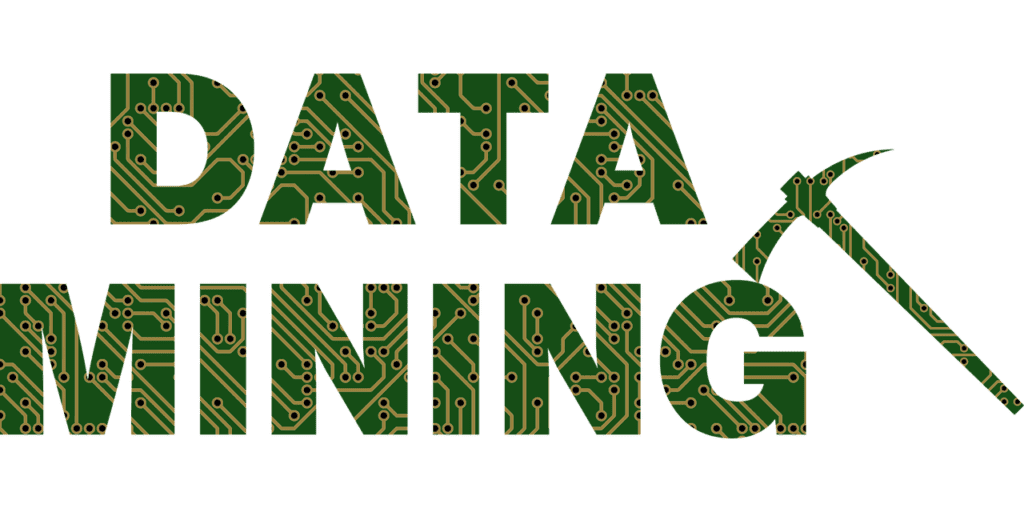
Data Mining
Data mining is the function of extracting valuable information from data. For example, data mining can be used to discover patterns in data which help programs make predictions.
Plus, It can be used to spot out trends or understand how data changes over time. That’s why data mining can improve decision-making by helping identify the most important factors in a decision, and you can say that machine learning is a technique of Data mining.
Indeed, it’s a powerful tool that can help organisations to take the right direction and improve their operations.
How Can We Make Use of Artificial Intelligence to Enhance Cyber Security?
Hackers use massive techniques to attack many modern enterprise environment surfaces, which will continue evolving rapidly. Hundreds — might be thousands, depending on the company size, signals have been produced daily, and they need to be imparted and analysed to calculate potential risks.
How come to make it done alone! It spikes that analysing and improving cybersecurity posture is no longer a human-scale matter. Instead, AI should be involved in this process.
There are two facets when we discuss the impact of AI on cybersecurity.
First, the bright one:
- Artificial intelligence can shake up the cybersecurity field by detecting possibly malicious activities and cyber threats that can not be done in traditional ways.
- Thanks to sophisticated algorithms, AI can run patterns to detect any malware and ransomware before even entering the system.
- By analysing massive data sets, AI can help to identify patterns and relationships that would be impossible for humans to spot. Scientists can use this information to optimise better defences against future attacks.
- AI uses technology to qualify it to have superior prediction sensors depending on natural language, which helps the system rearrange data by going through relevant news and studies on cyber threats and eliciting how the system can defend against attacks.
For example, AI could identify software vulnerabilities most often exploit or automatically block suspect traffic before it reaches a network.
- In addition, AI can monitor user activity and raise alarms when suspicious behaviour is detected.
- From malware exploiting zero vulnerabilities to identifying risky behaviours, AI-based cybersecurity tools will help you manage automated threats which are impossible to handle manually alone, especially battling bots. Thanks to AI machine learning software, you will ban any undesirable website traffic that bad bots can drive. After all, bad bots can wreak havoc on your site, causing problems for you and your visitors. Fortunately, AI tools can help you keep bad bots at bay. These tools can detect when a bot is trying to access your site and block them from doing so.
Important: Proper AI technologies can help you identify which bots are good and bad, so you can ensure that only the former can access your site. By using these tools, you can rest assured that your site is well-protected against bad bots.
Second, the dark one:
However, it is critical to point out that AI is not a panacea. While it can offer significant advantages, AI also has the potential to be misused by hackers and cybercriminals. According to the FBI, cybercriminals increased by more than 300,000 compared to 2019. So it’s not back on AI entirely. Still, it could represent a considerable threat, mainly when hackers use fake deep learning and machine learning models to steal data by pretending to be entities or impersonate people we trust, which is called social engineering.
However, this number alludes to the same conclusion; humans can not deal with this broad cyber attack surface overgrowing. It requires collaboration to encounter all potential cyber-attacks.
AI must be deployed thoughtfully and with caution to make the most of its potential.
It’s not an abstract definition that is far away from our daily life. NO. it will touch everything around. Not just that, with proper tools, this technology will help businesses to build a new system to find more productive ways to engage with customers and enhance performance while reducing labour costs.
And that’s how the world will look in the coming years— or maybe months.
